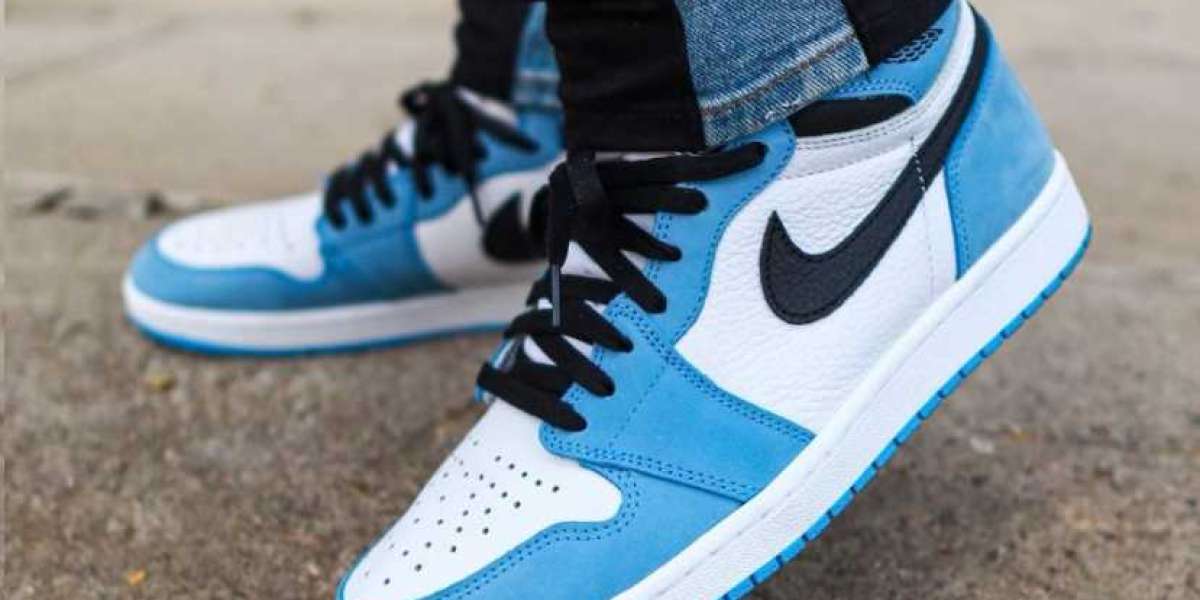Whether you're a student diving into the world of graphics programming or a seasoned developer looking to enhance your skills, mastering OpenGL can open up a world of possibilities. At ProgrammingHomeworkHelp.com, we understand the challenges students face when tackling OpenGL assignments. That's why we're here to provide expert guidance and assistance every step of the way.
OpenGL Programming: A Brief Overview
OpenGL, short for Open Graphics Library, is a powerful API used for rendering 2D and 3D graphics. It provides developers with a set of functions for creating interactive applications, simulations, and games across various platforms. From simple shapes to complex scenes, OpenGL empowers programmers to unleash their creativity and bring their ideas to life.
Understanding the Basics: Vertex Buffers and Shaders
One fundamental concept in OpenGL programming is the use of vertex buffers and shaders to manipulate vertices and render objects on the screen. Let's delve into a master-level question that demonstrates these concepts:
Master-Level Question 1:
You are tasked with rendering a 3D cube using OpenGL. Write a C++ program that creates vertex and index buffers for the cube's vertices and indices. Implement vertex and fragment shaders to apply basic lighting effects to the cube, such as diffuse and specular lighting.
Solution:
#include GL/glew.h
#include GLFW/glfw3.h
#include iostream
// Define vertex and fragment shader source code
const char* vertexShaderSource = R"(
#version 330 core
layout (location = 0) in vec3 aPos;
uniform mat4 model;
uniform mat4 view;
uniform mat4 projection;
void main()
{
gl_Position = projection * view * model * vec4(aPos, 1.0);
}
)";
const char* fragmentShaderSource = R"(
#version 330 core
out vec4 FragColor;
void main()
{
FragColor = vec4(1.0f, 0.5f, 0.2f, 1.0f);
}
)";
int main()
{
// Initialize GLFW and create a window
// ...
// Initialize GLEW
// ...
// Create and compile vertex shader
// ...
// Create and compile fragment shader
// ...
// Link shaders into a shader program
// ...
// Create vertex and index buffers for the cube
// ...
// Set up vertex attributes
// ...
// Set up uniforms and render loop
// ...
// Cleanup and terminate GLFW
// ...
return 0;
}
In this solution, we begin by including the necessary OpenGL headers and defining the source code for the vertex and fragment shaders. The vertex shader transforms the vertex positions using model, view, and projection matrices, while the fragment shader assigns a static color to each fragment.
We then initialize GLFW and GLEW, compile the shaders, create vertex and index buffers for the cube, set up vertex attributes, and implement the render loop. Finally, we perform cleanup and terminate GLFW to exit the program gracefully.
Master-Level Question 2:
Now, let's tackle a more advanced problem involving texture mapping and transformation matrices:
You are developing a 2D game using OpenGL. Implement a sprite renderer class in C++ that supports sprite batching and texture atlases. Use transformation matrices to handle sprite positioning, scaling, rotation, and transparency.
Solution:
#include GL/glew.h
#include GLFW/glfw3.h
#include iostream
// Define sprite renderer class
class SpriteRenderer
{
public:
// Constructor
SpriteRenderer(/* arguments */) {}
// Destructor
~SpriteRenderer() {}
// Function to initialize the sprite renderer
void Init() {}
// Function to render a sprite
void RenderSprite(/* arguments */) {}
private:
// Private member variables
// ...
};
int main()
{
// Initialize GLFW and create a window
// ...
// Initialize GLEW
// ...
// Create and compile shaders
// ...
// Create sprite renderer object
SpriteRenderer renderer;
renderer.Init();
// Render loop
while (!glfwWindowShouldClose(window))
{
// Clear the screen
// ...
// Render sprites
renderer.RenderSprite(/* arguments */);
// Swap buffers and poll events
// ...
}
// Cleanup and terminate GLFW
// ...
return 0;
}
In this solution, we define a SpriteRenderer class with methods for initialization and rendering of sprites. We use transformation matrices to handle sprite positioning, scaling, rotation, and transparency. This approach allows for efficient rendering of large numbers of sprites with minimal overhead.
Conclusion
In conclusion, mastering OpenGL programming opens up a world of opportunities for developers and students alike. Whether you're creating stunning visual effects, immersive simulations, or captivating games, OpenGL provides the tools you need to bring your ideas to life. At ProgrammingHomeworkHelp.com, we offer expert assistance and guidance for all your OpenGL programming assignments. Don't hesitate to reach out to us for top-notch OpenGL programming assignment help tailored to your needs








